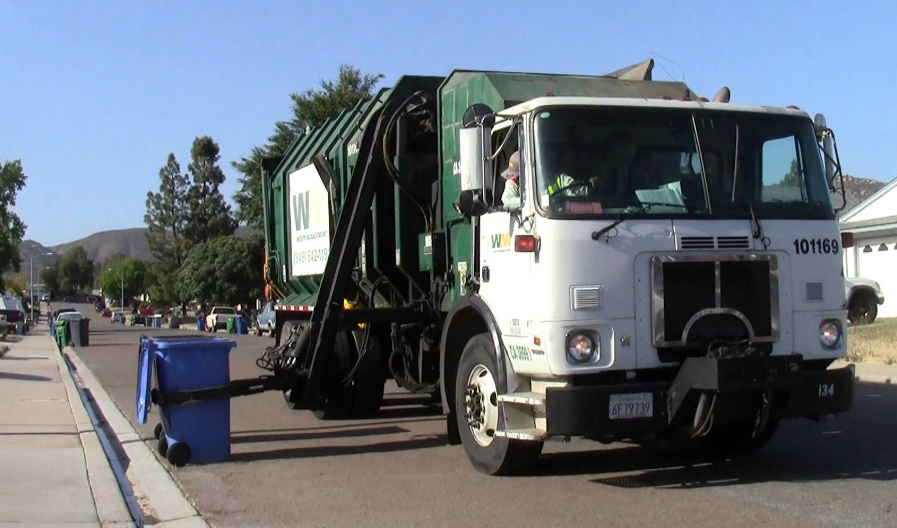SWANA Launches Hauler Safety Toolkit
The Solid Waste Association of North America (SWANA) has launched a Hauler Safety Toolkit. It will be handed out to solid waste haulers throughout North America to help ensure that safety resources are available to companies and municipalities of all sizes.
The Toolkit brings together safety resources into a shareable form that SWANA Chapters intend to use at Hauler Safety Outreach events. These one-day events are designed to get safety messaging directly into the hands of drivers when they bring material to landfills, transfer stations, waste-to-energy facilities, materials recovery facilities, and other sites.
The Toolkit was developed by the SWANA Chapter Safety Ambassadors, safety leaders within each of the SWANA Chapters.
“The SWANA Hauler Safety Toolkit is a great resource to touch drivers, helpers, supervisors, and managers in the waste industry, and sends a consistent safety message to all industry professionals,” said James Profitt, Assistant Manager of Operations at Montgomery County Solid Waste Services and SWANA’s Safety Ambassador for Ohio. “I plan to work with landfills, transfer stations, and MRFs in Ohio to provide a consistent message about safety along with some specific rules and regulations for each disposal site.”
SWANA Safety Ambassadors will distribute the Toolkit during Hauler Safety Outreach days throughout the U.S. and Canada during the rest of 2018. In addition to providing safety resources, drivers and haulers will also be asked to take the SWANA Safety Pledge.
SWANA has discussed this outreach initiative with safety leaders at the largest solid waste companies in North America and has received overwhelming support for this effort.
According to Jim Olson, Senior Vice President, Safety at Republic Services, “It is the responsibility of everyone in this industry to make sure workers get home safely every day.
By designing the Toolkit and Outreach events aimed directly at haulers of all sizes, SWANA hopes to reduce the rate of injuries and fatalities for collection workers, who currently have the fifth highest occupational fatality rate in the United States.
Category: General Update, News, Safety










